EXTRACTS FROM THE DIARY OF DR. DIANE NHELE KEYNES
"It seems that Darwin's theory of evolution , which is proving so valuable to us in the field of natural sciences, might as readily apply in the cultural sciences...
An Acquired Knowledge adaptation. A kind of survival of the fittest ideas .. might not Herbert Spencer’s interpretation of Darwin’s theory apply as readily to culture as to nature? Except of course the time frame is much shorter – we are not talking millions of years but merely a few generations, which requires another mechanism to speed up the adaptation of changes.
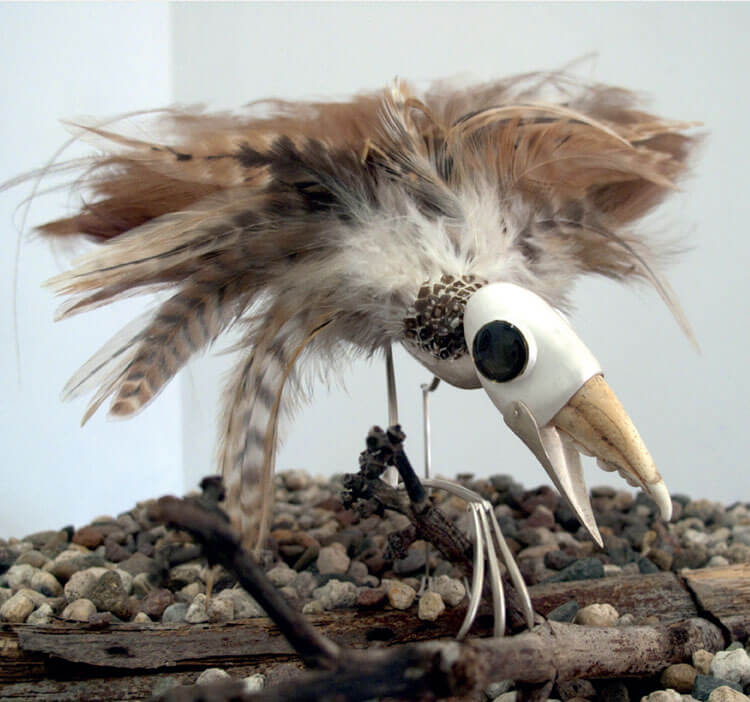
THE EVOLUTION OF SPECIOUS
“Perhaps Lamarck’s notion, where the environmental factors that we adapt to are passed on to our offspring, provides more insight into this matter. The effectiveness of Darwinian evolution is dependent on a very long time-frame because nature must determine which mutation is inadequate through a long and tedious process of elimination – of a whole species if necessary. Nature is not creative and must rely on something akin to gambling, as it must chance upon the appropriate response. Lamarck provides us with a far more immediate solution – a relatively quick result that sensibly conserves the energy and limited resources that may be available in particular environments. Of course his theory has been thoroughly discredited since it is redolent with teleological assumptions, which is something that scientists need to be most wary of. But we have replaced teleology with this notion of completely random events, where any intelligent adaptation is impossible.
At the very least, when we consider things produced by social conditions such as language and cultural, and their variance across environments, the Lamarckian notion works quite well. We could consider it as para-evolutionary.”
Extracted from: D.N.Keynes, “The Origin of Specious – a pictorial and written account of the voyages to the New Hybridies.”
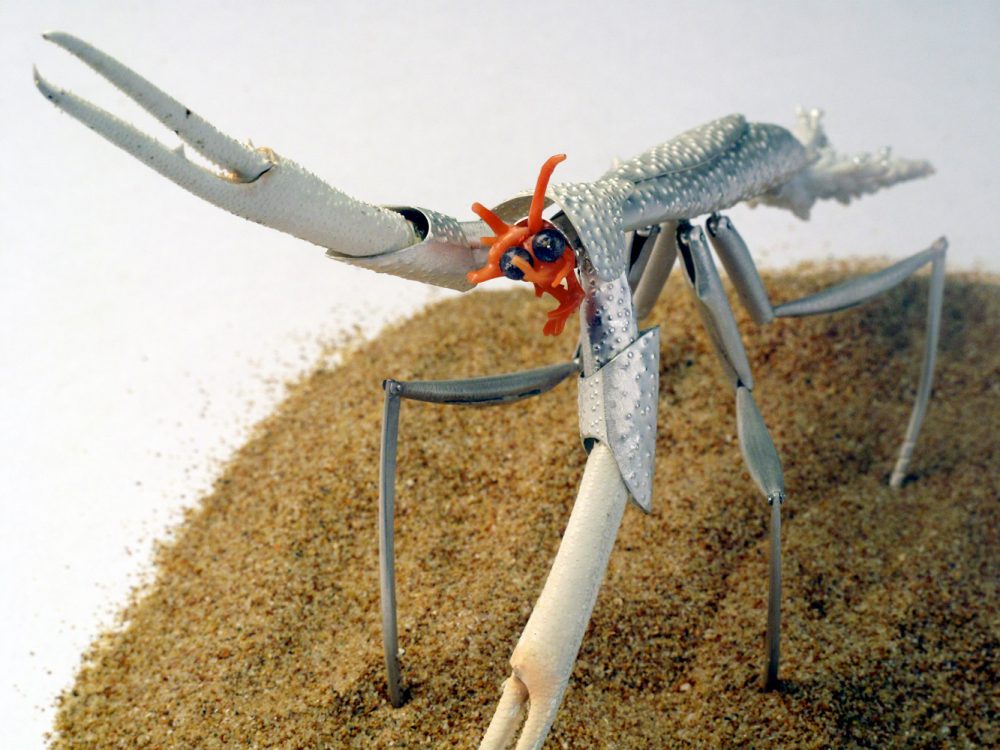
The Coral Mantis
This creature is a hybrid from Dr Keynes’ field laboratory.
‘…The objective of my experiments in heteroplasticity is to encourage the creatures’ natural decorative fervour, but temper it to scientific expectations of functionality. …In many situations my experimental crossbreeding has occurred in co-operation with the creatures themselves. Therefore you may have cause to wonder if their re-semblances show the correlations of nature accelerated by the intensive environment of the laboratory, or [they are] entirely new specimens that result from para-evolutionary activity.’
D.N.Keynes. Extract from letter to the Royal Society.
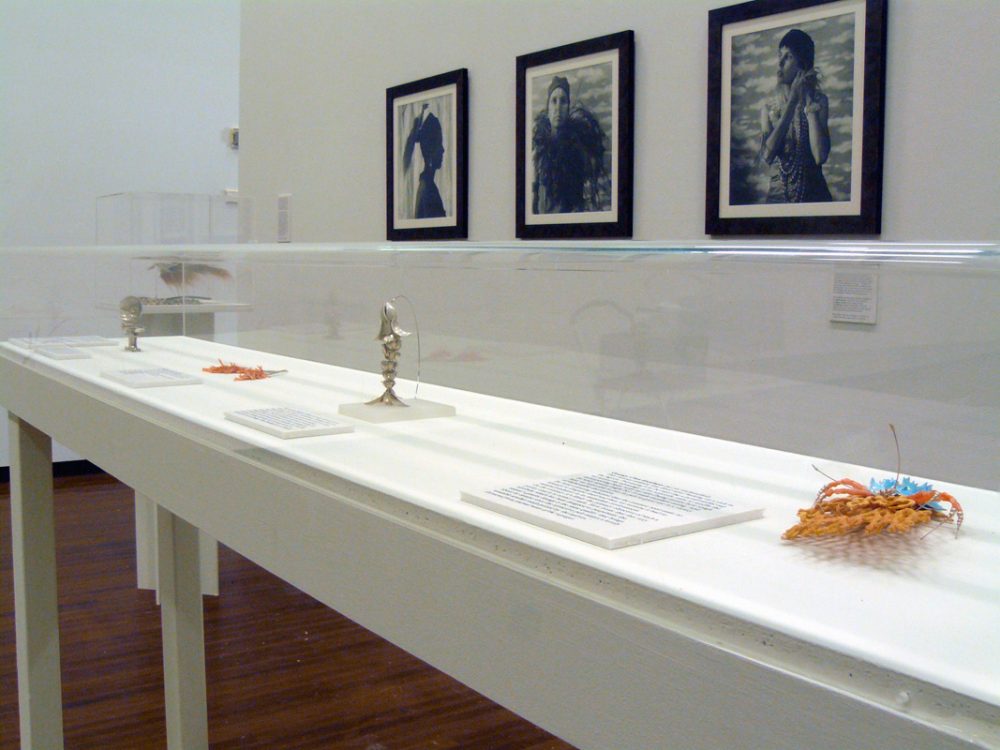
Detail of exhibition installation
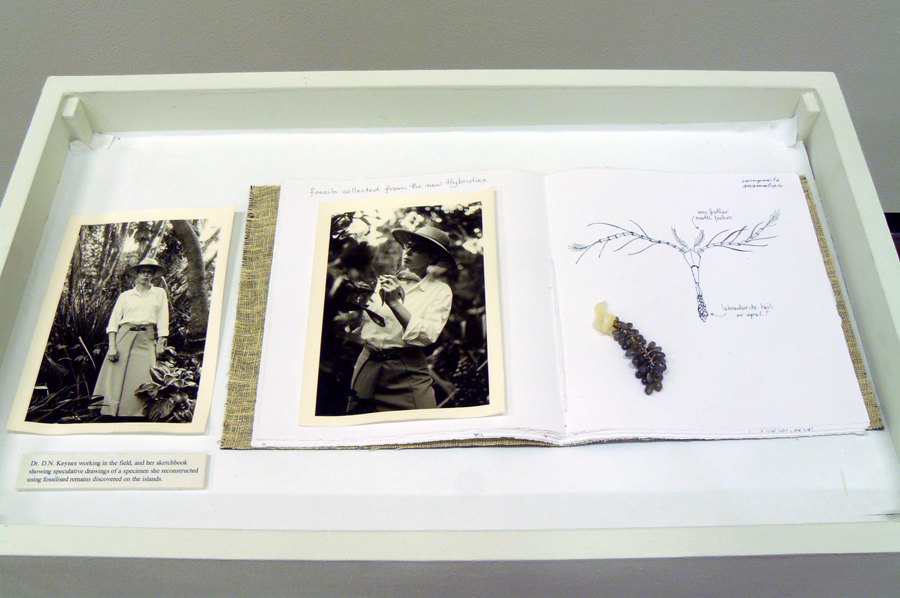
Dr. D.N. Keynes at work, and her sketchbook showing speculative drawings of a specimen she reconstructed using fossilised remains discovered on the islands.
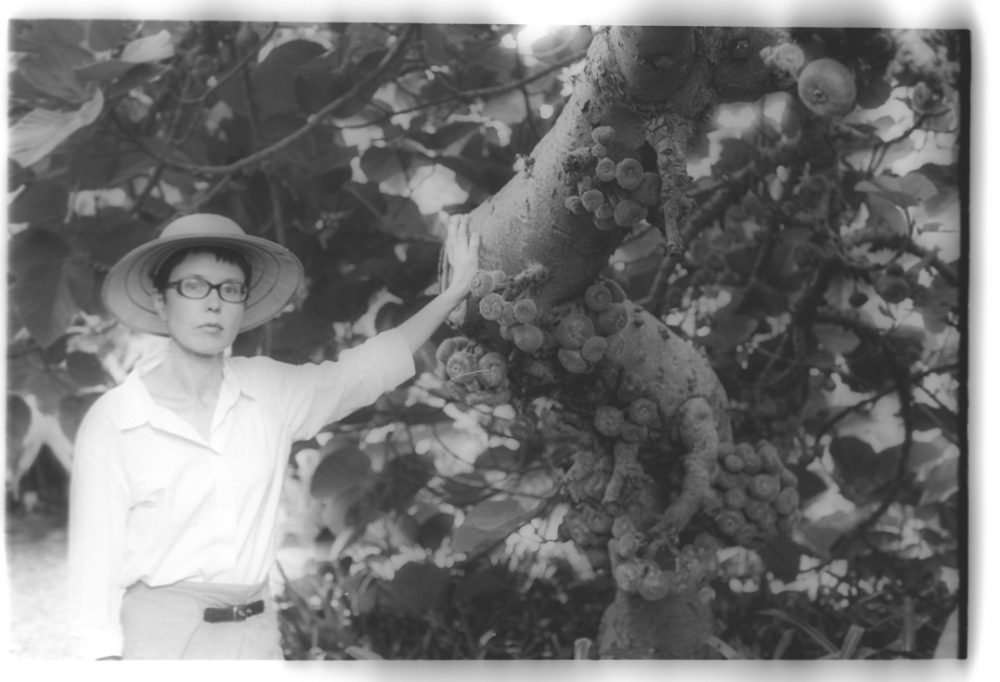
Dr Diane Nhele Keynes photographed in the field by Allison Davies.

The Bird of Paranoea (Fatidicalus daedelum)
‘This very rare species is a native of the Amnesian Isles, a small chain of islands on the edge of the New Hybridies. Although vicious predators in their natural environment these birds often participate in the shamanic rituals of the human inhabitants of the region. Their pronouncements and interjections at opportune moments during ceremonies are interpreted according to a rather complex and obscure divinatory procedure of which I have been unable to make any sense.’
Extracted from D.N.Keynes journal notes
“Amongst the natives of the New Hybridies I have witnessed the oddest symbiotic behaviour between persons and their chosen objects of decoration. They cheerfully wear creatures that inhabit their locale and there is nothing so unusual in that, except that many of these are worn as decoration while still alive, with all the attendant problems that brings, as you may well imagine. Bizarrely, this appears to be an arrangement mutually beneficial to both parties. It does seem as if the creatures like to be worn – a woman will pick an insect off a branch and it will stay perched on her clothing all day. They do say however, that certain insects, birds or plants have preferences and won’t stay if the person is not wearing the fabric that suits them.
…these live decorative objects, when they take up a position of privilege on shoulder, neck or finger, provide embellishment and beauty which reflects well on the character of the wearer, and in this way the creatures themselves have evolved an awareness of the simple expediency of survival: they receive, in their turn, care and protection, and thus ensure the preservation of their species.”
Extracted from: D.N.Keynes, “The Origin of Specious – a pictorial and written account of the voyages to the New Hybridies.”
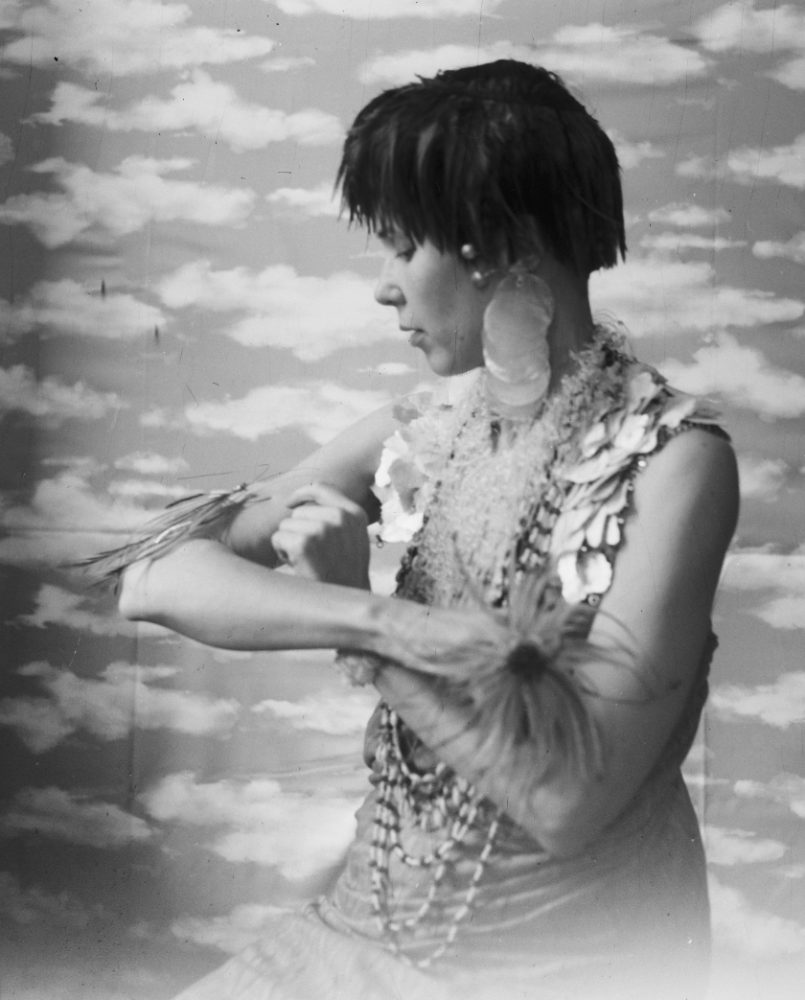
Girl wearing ‘Swarf Tail’ insect, demonstrating the affinity New Hybrideans have with the local species. She is also wearing necklaces of shell and ‘seajellies’ – marine creatures similar to bluebottles. On her hand she displays a large ring made from an Arachnid flower.
Text: extracted from the journal of D.N.Keynes.
Image source: Paula Bollers.

Woman of the New Hybridies prepared for curing ceremony. She wears feathers from the ‘Skirrit’, a type of flying viper, as well as headpiece and armband made from its skin. The small bones inserted in her nose resemble the fangs of this snake-like creature. The whole outfit is thought to ‘bring her closer’ to the Skirrit, thus invoking its presence for the ceremony since it is believed to have magical abilities for healing the infirm.
Text: extracted from the journal of D.N.Keynes.
Image source: Paula Bollers.

A shaman from the Amnesian Islands accompanied by the ‘bird of Paranoea’ whose divining prowess is much prized by the inhabitants of the islands. She is also wearing a ‘Mandibulae’, a small crustacean-like animal, as an earring.
Text: extracted from the journal of D.N.Keynes.
Image source: Paula Bollers.
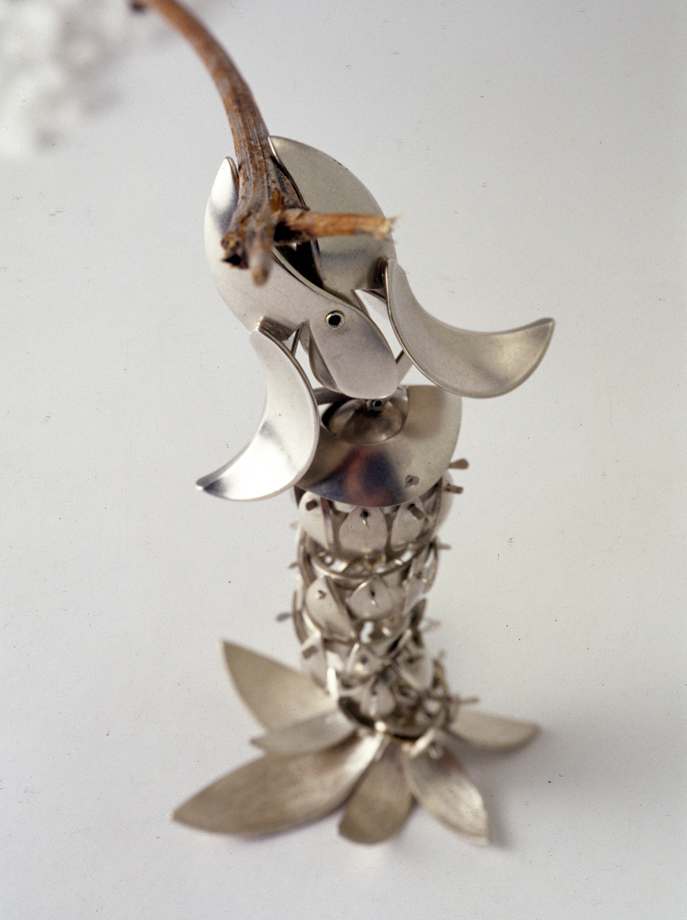

Samurai Fish (Rostratus aberrans)
The so-called is not actually a fish, despite its appearance. Although water is its natural habitat it is amphibious and is able to exist for some time out of water, and this has resulted in an unusual adaptation. The local inhabitants are prone to wearing the Samurai fish as live decoration, not unlike a wearable pet.
Of course not all the creatures are so amenable, and often the necessity of eating also means that the eaten ends up as decoration (see the Orange Claw Escalopis also on display).
Above right: Ahmed demonstrates how the Samurai Fish would have been worn in the New Hybridies (albeit that they weren’t fond of collared shirts).

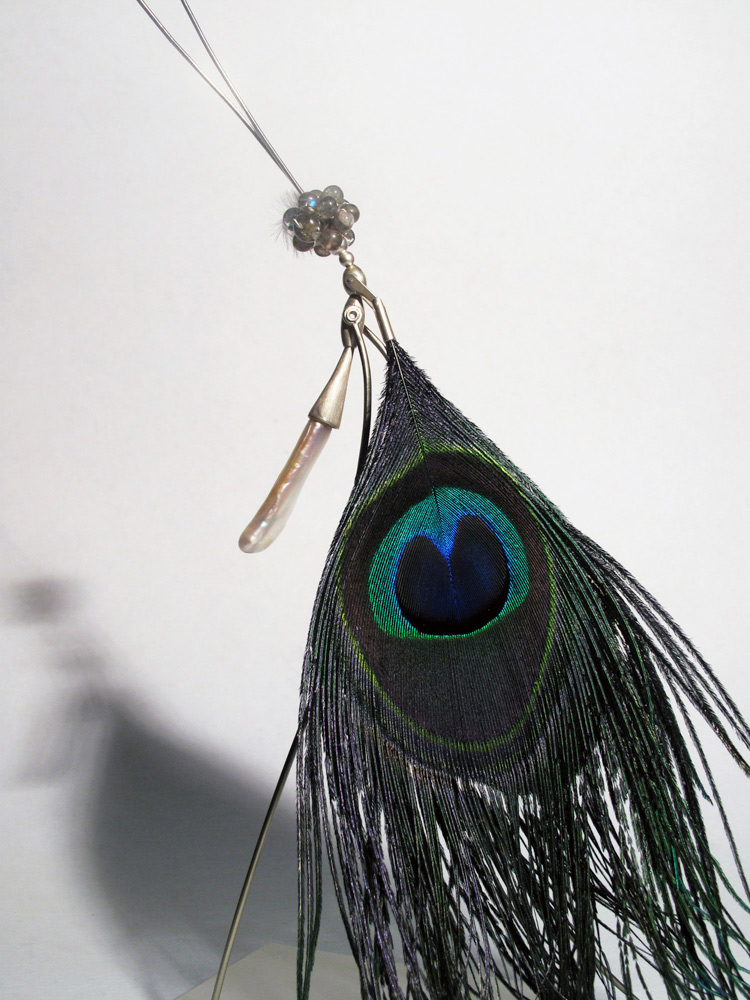
Opera Gadfly (turbata somnium)
This spectacular fly is only seen in the best company, being rather choosy in who it hangs out on the back of (not any old horse will do), the blood it deigns to dine upon etc. It slinks about trailing its spectacular feather-like wings all in an effort to be seen to be doing the most fashionable thing in the most fashionable of spots. Who cares, one might ask? But as usual in the insect world , and according to Darwinian precepts, its all about impressing the opposite sex in order to mate and thus perpetuate the species. Or so we are lead to believe. All this impressive posturing, however, may have more to do with its general narcissist tendencies as it is often caught mesmerised by its own image when hovering over calm ponds – or indeed admiring itself in mirrors when it is worn as a glamourous pet.
Above left: Thanh demonstrates the Gadfly displaying itself in a brooch-like fashion
The Evolution of Specious was produced during my PhD and was first shown as part of the Sydney College of the Arts PostGrad show in 2008.
It was updated for 3 days in the Evolution of Specious 2009, and is an ongoing project.